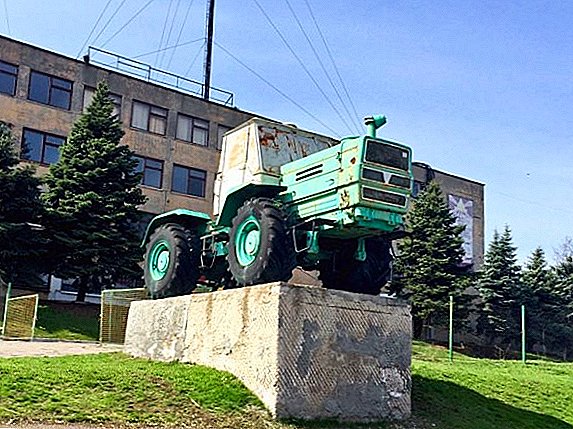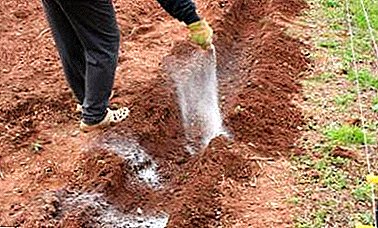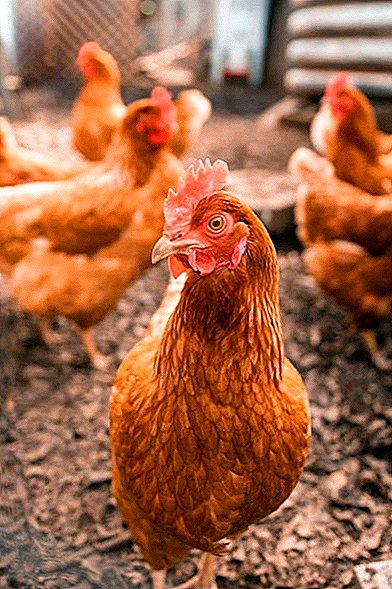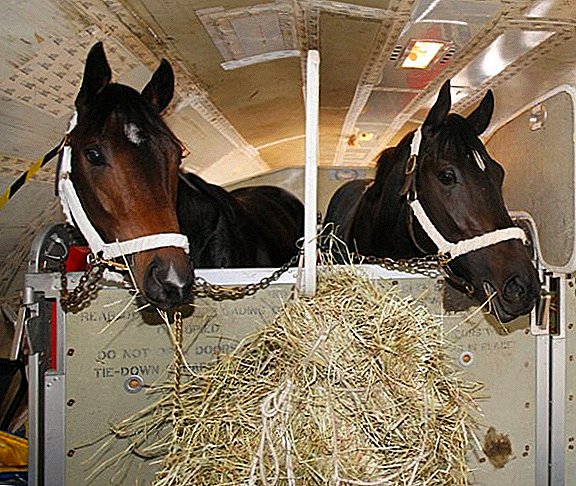 If you need to transport one or several horses, then you need to know some nuances how to do it correctly. In addition, you will need to design special documents. Information about this you will find in our material.
If you need to transport one or several horses, then you need to know some nuances how to do it correctly. In addition, you will need to design special documents. Information about this you will find in our material.
Horse transportation rules
For any country there are certain rules on how to transport animals. There are such requirements in relation to horses. They should be observed both for the safety of the horse and those around him.
Did you know? Some states in the United States have strange laws. Thus, in Utah, by law, a woman who will be seen on horseback on Sunday can be put in jail. Also here you can not fish while sitting on a horse. In some states there are rules that prohibit a married man from riding a horse if he has been married for less than a year. In Washington, you can not ride an ugly horse.To transport a horse, you must:
- For solids, a strong harness should be selected, the strength of which should be tested before the trip.
- To bind an animal it is necessary not tightly, but reliably, in knots which any person can easily untie. Tight binding can cause even more stress in a horse.
- Limbs it is important not to wrap vatniki and bandages (according to the type of equipment goalkeepers).
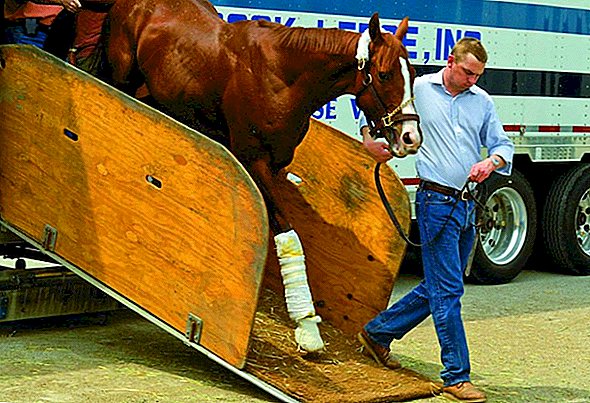
- When transporting several individuals, they must be placed in pairs in the direction of travel. In a pair must be animals of the same sex. Females are placed behind the stallions.
- The rope with which the horses are tied should not be short or long. It is necessary to provide an opportunity to balance the neck of the animal, and at the same time the distance should be such as to exclude close contact and possible conflict of solids.
- When transporting during the cold season, horses will need to be warmed with blankets and hoods.
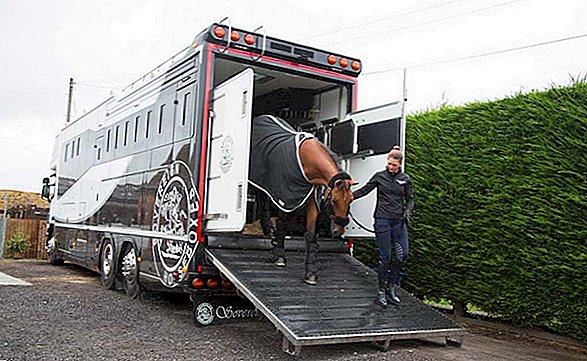
- Do not transport sweaty animals in an open car - this can lead to illness.
- For loading it is necessary to use natural heights so that the horse could have an opportunity to get into the body or the car without any problems.
- In a multi-day trip, it is important not to forget about the correct mode of feeding and watering. You can give less than usual oats and add bran with hay. Such a diet will reduce the level of stress.
- At least twice a day you need to make a stop (preferably every 6 hours) and release animals. They definitely need to knead the limbs. During the stops the trailer is airing. The animal is walked on foot, allowed to cool and watered with warm water.
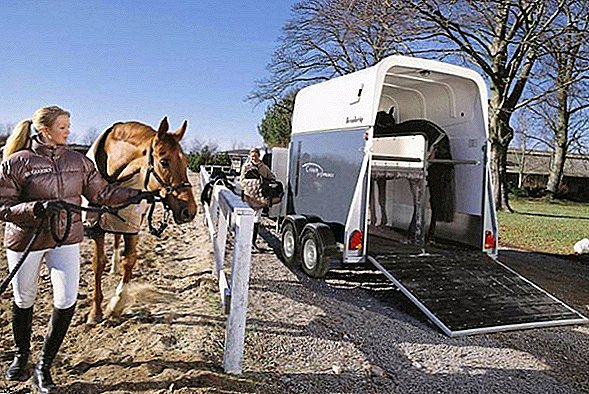
- Exuberant, too excited individuals can be calmed with drugs, for example, Dunedin. However, this should be done only by a specialist. Self-administration of the drug is prohibited.
- If it is not possible to accompany the horses by a veterinarian, you should have the phone number of a competent specialist who will tell you what to do in case of an emergency.
- Before riding, the horse must undergo a thorough veterinary inspection, established quarantine, the necessary vaccination - six months before the trip from the flu, a year - from anthrax and dermatophytosis.
- Before the trip, you should inspect vehicles and trucks.
Important! It is forbidden to transport horses weakened, recently ill or sick, with fresh injuries, as well as from households that have the flu, illness, glanders, foot and mouth disease, encephalomyelitis, rhinopneumonia and other dangerous diseases.
How to make a comfortable carriage for the horse: video
Features of transportation depending on transport
You can transport horses in three ways: by land by car or train, by water and by air. The most common way - by road.
Find out what the characteristics of horse breeds are: Soviet heavy truck, Trakehner, Frisian, Andalusian, Karachai, Orlov trotter, Falabella, Appaloosa, Tinker.
By road
For transportation, you must purchase a special trailer called bat. It is designed specifically for this purpose. The developers have tried to take into account all the nuances, so that the animal was comfortable and safe when traveling. In the trailer mounted shock absorbers, reducing the load on the limbs when driving on a bad road, bumps and holes. Inside the trailer there is a guard post, to which it is convenient to tie the animal.
In the absence of a special trailer horse transported in the usual. Before the trip, the trailer is carefully inspected for sharp, dangerous areas, which the horse can injure. The floor is covered with straw or sawdust, which will be able to protect unpaired from slipping and will allow it to maintain stability. In the open-type trailer, sheets of plywood are installed on the sides, which will protect the horse from the winds.

It is possible to transport an animal in an on-board machine, which must first be additionally equipped:
- install a plywood shield behind the cab to protect against wind;
- in the center of the body, at a distance of 1 m from the cab, make a collision;
- When transporting 2 individuals, put a log in the center of the body for separation.
Important! Transporting a horse in the passenger compartment is prohibited.
By plane
Animals are rarely transported by air. Veterinary permission must be obtained for them (for more details, see the clause of our article “List of required documents”). For transportation of animals there are separate flights and special services. It’s easier to go to the one, because there are professionals who know how to transport animals.  In an airplane, a horse is placed in a special container. Usually solids normally tolerate pressure changes. But the turbulence and closed space - not very. Professionals recommend testing the horse for claustrophobia for the horse before the flight - put it in a closed container and shake it slightly.
In an airplane, a horse is placed in a special container. Usually solids normally tolerate pressure changes. But the turbulence and closed space - not very. Professionals recommend testing the horse for claustrophobia for the horse before the flight - put it in a closed container and shake it slightly.
If the animal will behave inadequately, you will most likely need to use soothing preparations that can only be administered by a specialist and only when necessary. Otherwise, the animal may suffer on its own and will frighten other horses that will be transported with it.
2 hours before the flight, the animal should stop feeding and watering.
Familiarize yourself with riding and heavy horse breeds.
By train
To transport horses by rail, there are special cars. They must be clean and disinfected. They establish a linkage with hay and removable feeders. If necessary, put partitions. For loading of animals establish a ladder from a special platform or the loading platform. In the car put food, water and everything you need to travel. Cargo must be securely strengthened.
Bind animals need in pairs, muzzles to the link and opposite each other. This is the most common option, although other placement can be used. One car should be accompanied by 2 people who monitor the condition of animals. 
List of required documents
To transport ordinary horses and horses that participate in competitions, that is, they are sporting, different documents are required.
So, sports stallion trips are possible with one of the following documents:
- sport horse passport issued by the Equestrian Federation of Russia;
- passports of the All-Russian Research Institute of Horse Breeding.
Learn how to breed horses and how to harness.Documents should include information about vaccinations and laboratory tests. All entries must be signed and stamped by a veterinarian. The exact list of necessary measures is contained in the Veterinary Rules for the movement of sports horses on the territory of the Russian Federation of 05/30/2013.
 The list of documents for the transportation of horses in various situations is as follows:
The list of documents for the transportation of horses in various situations is as follows:- When transporting an animal between federal districts and countries, it is necessary to issue a veterinary certificate in form 1. The owner must notify the local veterinary service of the planned trip 1 month prior to its start.
- When traveling around the country, the certification is certified by the signature of the chief state veterinary inspector of the settlement or an authorized veterinarian and the seal of the district veterinary department. The certificate is compiled in 2 copies.
- For a trip abroad, the date and number of the export permit, which was provided by the state veterinary inspector, must be entered in the column “Special Notes” of the certificate.
- If the horse is transported to the CIS countries, the certificate shall additionally bear the signature of the chief state inspector of the subject of the Russian Federation, sealed by the veterinary administration of the relevant subject of the Russian Federation.
- If the horse is exported, the date and number of the export permit issued by the Veterinary Department of the Ministry of Agriculture of the Russian Federation must be entered in the "Special marks" column. At the border control veterinary station, instead of a veterinary certificate, a veterinary certificate of form No. 5a is issued.
- If up to five individuals are transported, their nicknames and gender are indicated in the veterinary certificate in the column "Special Notes". If there are more than five horses, a separate document is made up of their inventory with the name and gender. The inventory is certified by the stamp of the department of the veterinary service that issued the certificate.

In the certificate there are special graphs where you need to register all the diagnostic, preventive and therapeutic manipulations that were made with the horses before shipment.
It should be noted that each country has its own requirements for vaccinations and veterinary activities that horses must undergo. Therefore, before sending animals outside the state, you should submit a request to the veterinary service of the country where the horse is imported.
You also need to ask whether there is a tax on the import of animals in this state. In some countries, it is a pretty decent amount.
Did you know? The largest horse in the world is considered to be a representative of the Shire breed, named Sampson. His height - 2.2 m, weight - 1.52 tons. The smallest horse is an American miniature. In the Guinness Book of Records got a representative of this breed named Little Pampkin with an increase of 35.5 cm and a weight of 9 kg.Thus, horse transportation is a rather troublesome and demanding event. Before transportation, you should familiarize yourself with and, if possible, follow the rules for transporting an animal

If you plan to travel by car, it is better to rent a horse or buy a special trailer. On the road, it is important to constantly monitor the state of the animal, do not forget to carry out its feeding, watering and walking. By rail, horses are transported in special freight cars, and in airplanes in special containers.
For the transport of sports horses need a special passport. For the transport of ordinary animals - a veterinary certificate, certified accordingly. You can try to take the animal yourself, or you can use the services of companies specializing in this direction.







